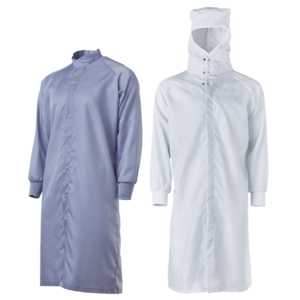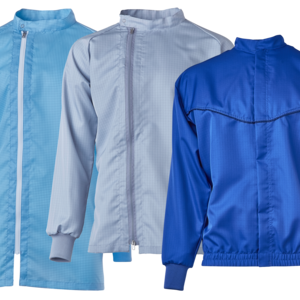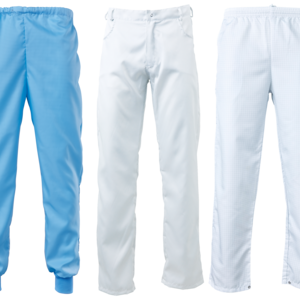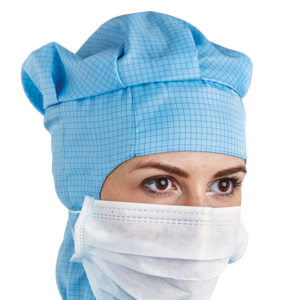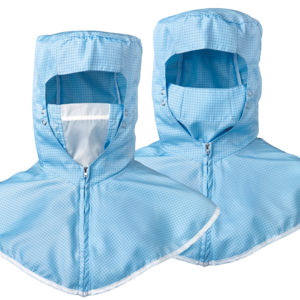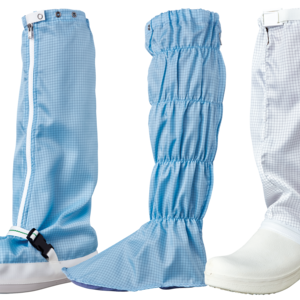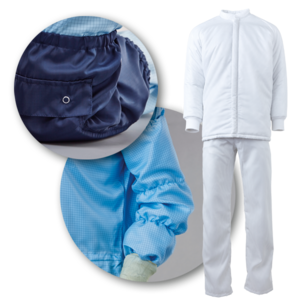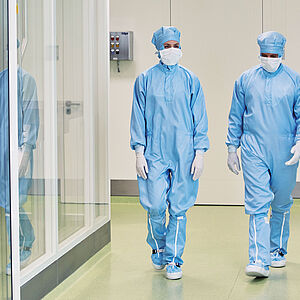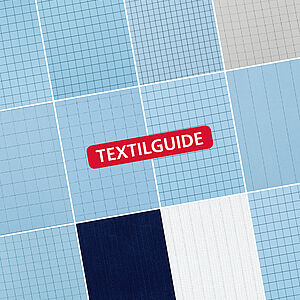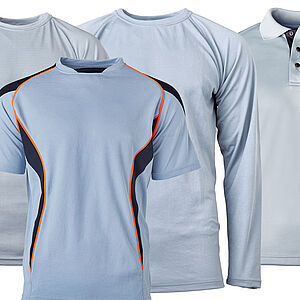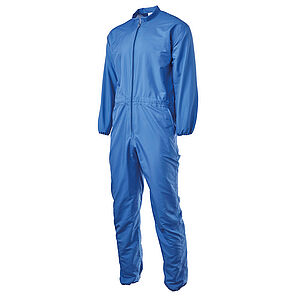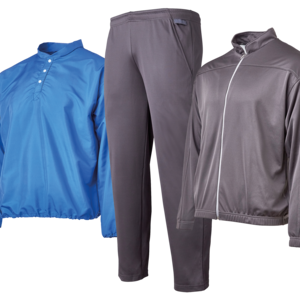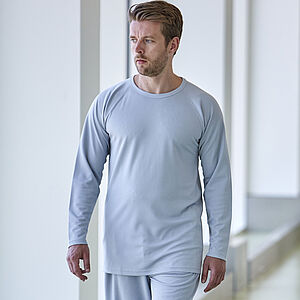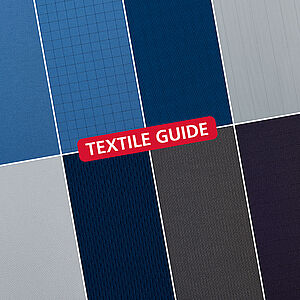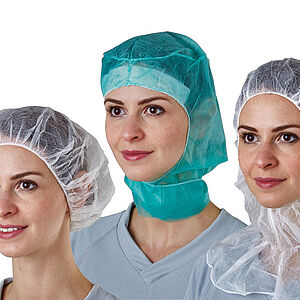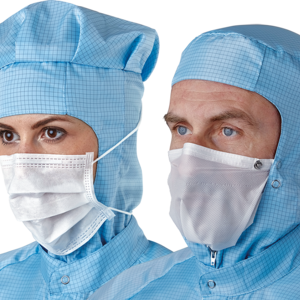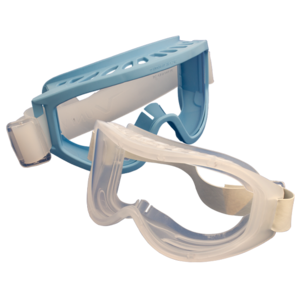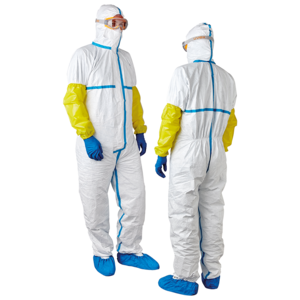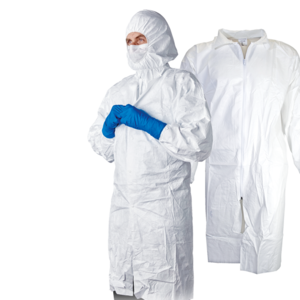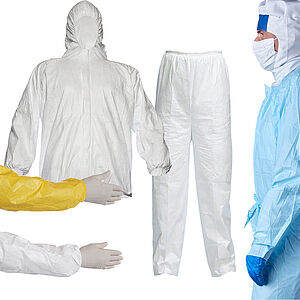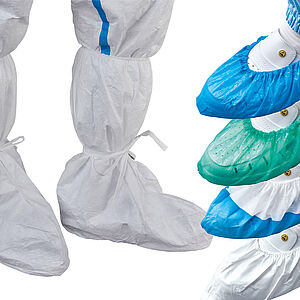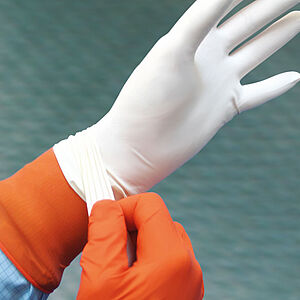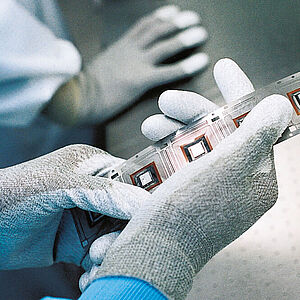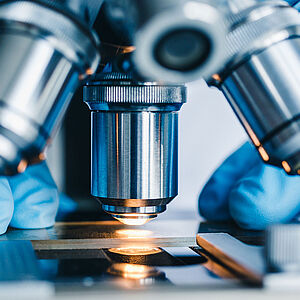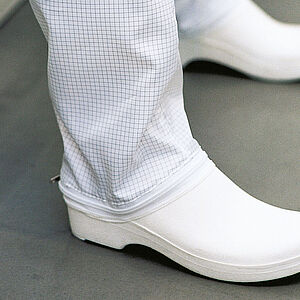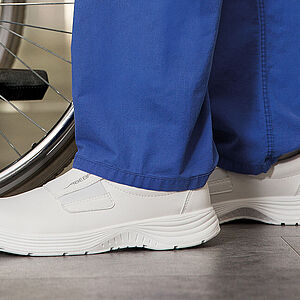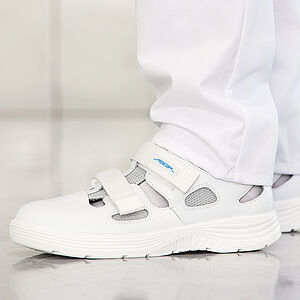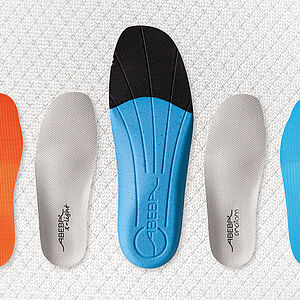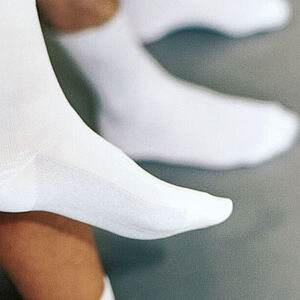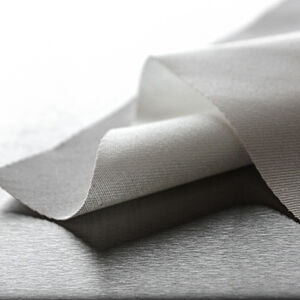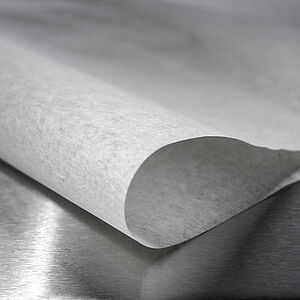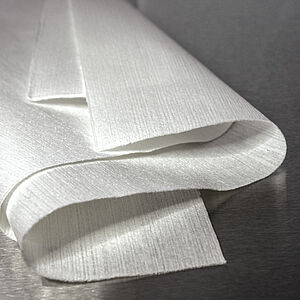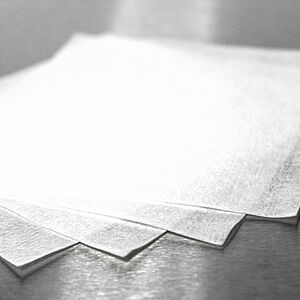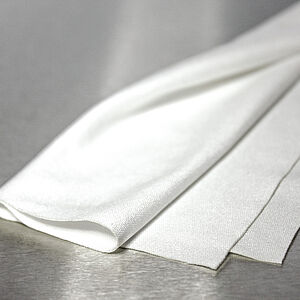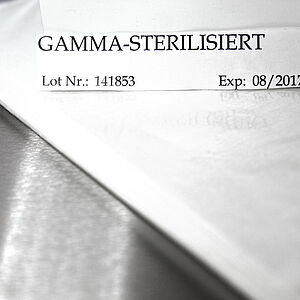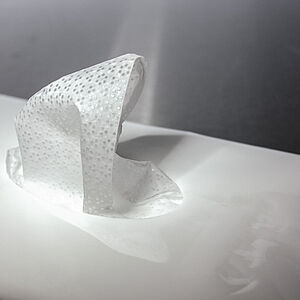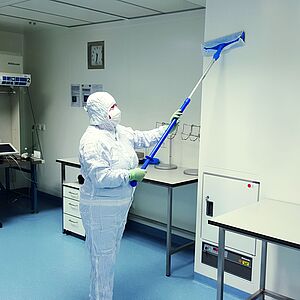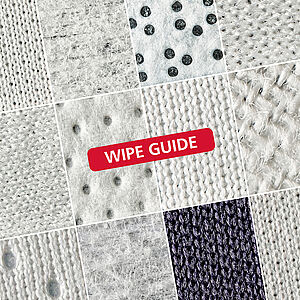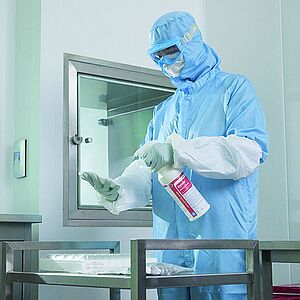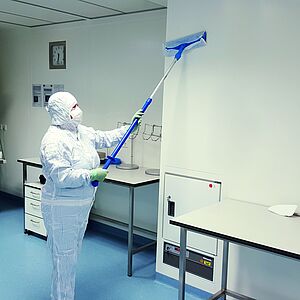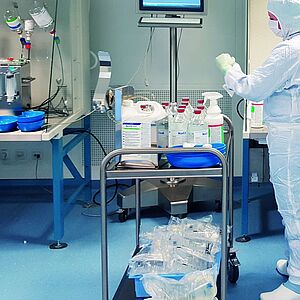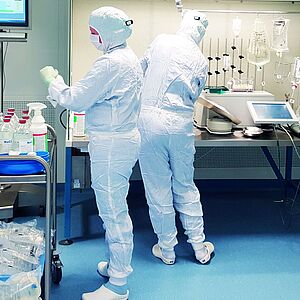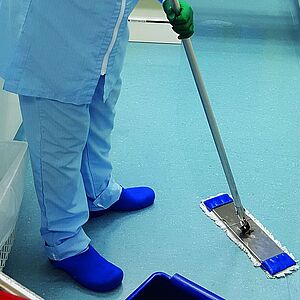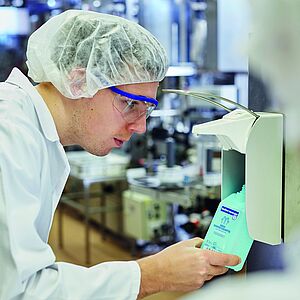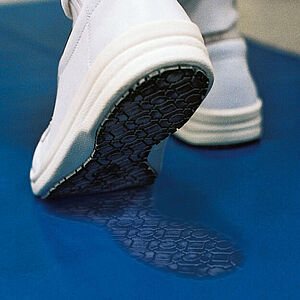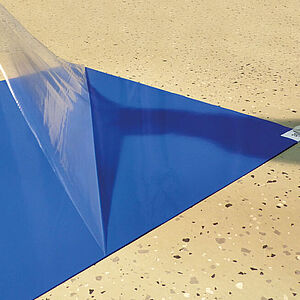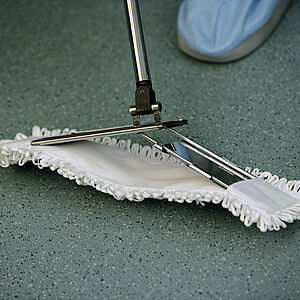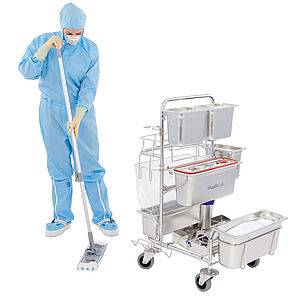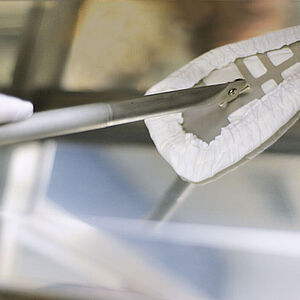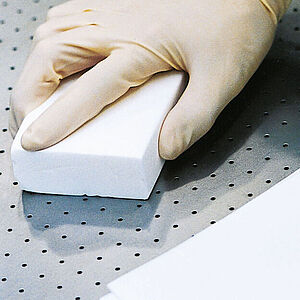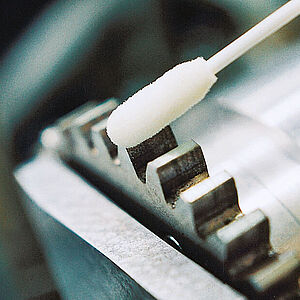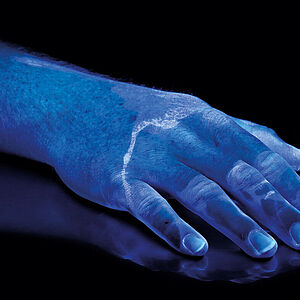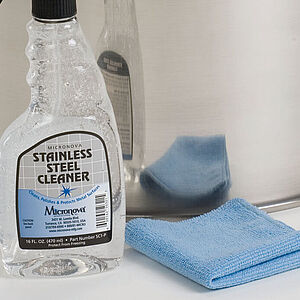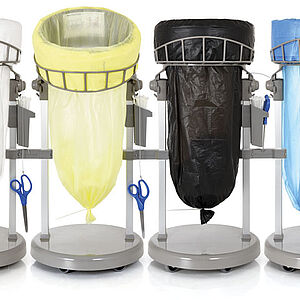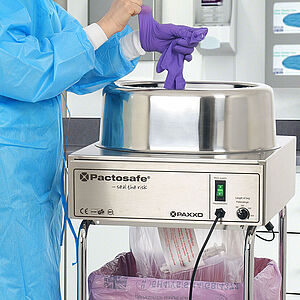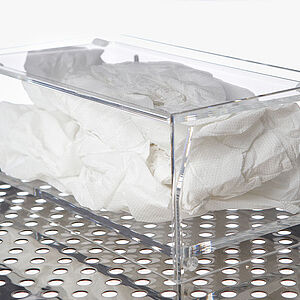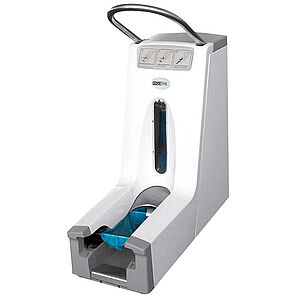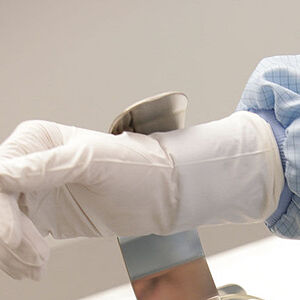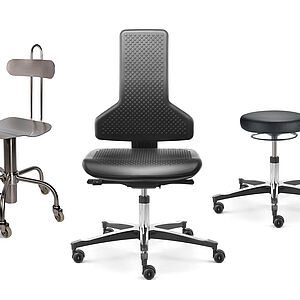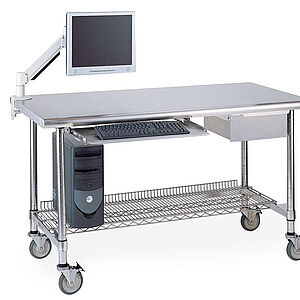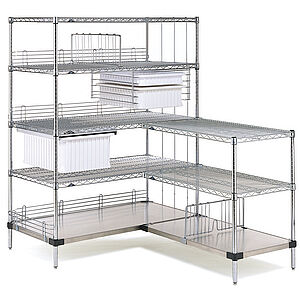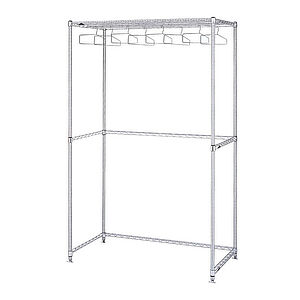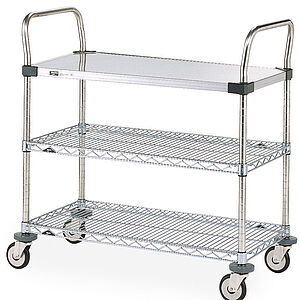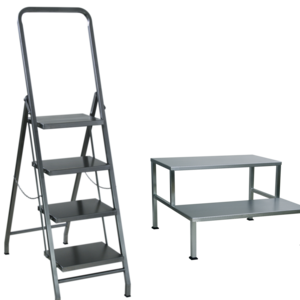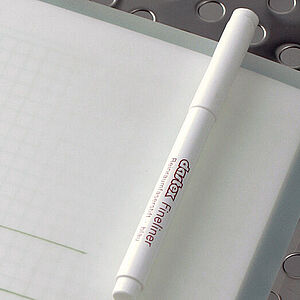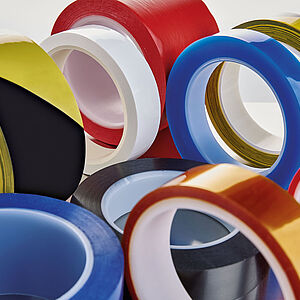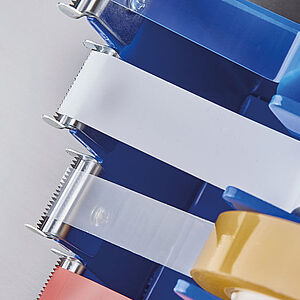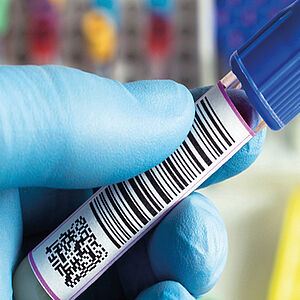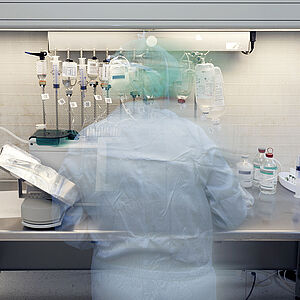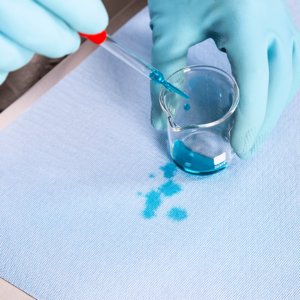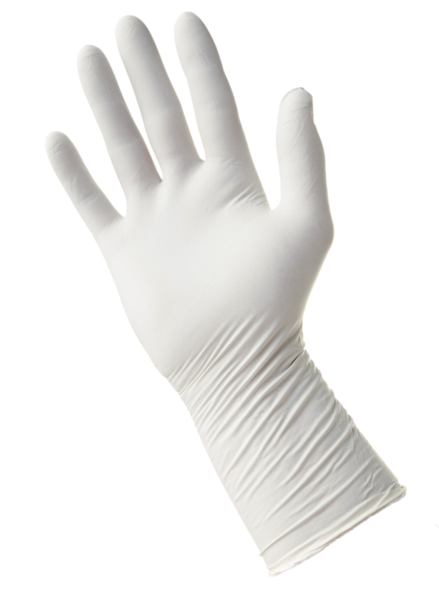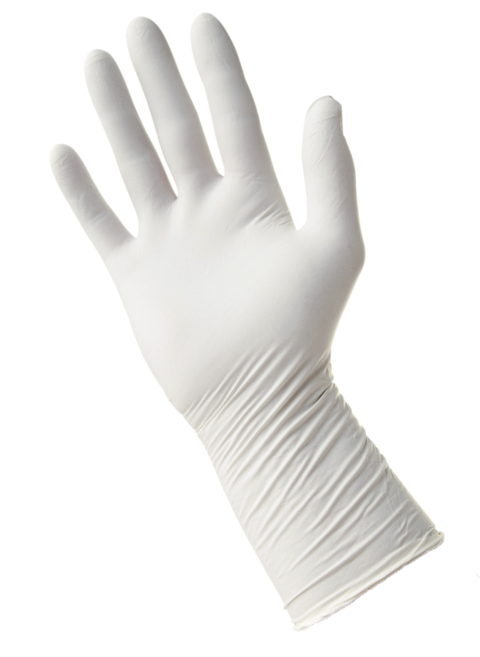











Facts
Show comparison list
Surface cleanliness
Grip
Elongation
Endotoxin pollution
Ion-free
Cytostatics compatible
Chemical protection
sterile
textured
hand specific
Neoprene/polychloroprene
BioClean™ Ultimate BUPS, Art.-No. 37302
Material: Neoprene/polychloroprene
Properties
- 100% polychloroprene
- sterile
- packed in pairs in a peef-off pouch
- hand specific
Advantages
- satisfactory surface cleanliness
- very good form fit
- very high elasticity
- high permeation time with disinfectants
- tested with cytostatics
Application
- sterile production / aseptic filling
- for cleaning / disinfection with disinfectants and biocides
- for the production of cytostatics
- for heavy mechanical stress
Product recommendation based on cleanroom classes
Air cleanliness class EN ISO 14644-1
particulate monitored areas
Hygiene zones according to GMP
microbiologically monitored areas
PPE
Personal protective equipment
Regulation (EU) 2016/425
A one-to-one classification of cleanroom gloves to a cleanroom class according to ISO 14644-1 is not possible. Recommendations can only be made based on cleanroom specific requirements, e.g. "abrasion resistance" or "particle emission". In the VDI guideline 2083 Part 9.2 the user can find additional information.
Technical data
| Unit of measurement | Value | Test method | ||
| Material | 100% polychloroprene | |||
| Perforation-free |
AQL Piping stage |
0.65 3 | EN 374-2:2015 | |
| Tear resistance |
before ageing after accelerated ageing | N min./typical |
n.s. / n.s. n.s. / ≥ 9 |
EN 455-2:2015 EN 455-2:2015 |
| Extreme elongation |
before ageing after accelerated ageing |
% min. |
n.s. n.s. |
EN 455-2:2015 + ASTM D412-15a ASTM D573-04(2015) |
|
Dimensions nominal single wall thickness |
fingertips palm cuff | mm |
0.14 0.11 0.09 | |
| Length (+/- 10 mm) | mm typical | 290 | EN ISO 21420:2020 | |
|
Size/palm size nominal (+/- 5 mm) |
6 6.5 7 7.5 8 8.5 9 | mm |
77 83 89 95 102 108 115 | EN ISO 21420:2020 |
|
Size/Hand circumference nominal |
6 6.5 7 7.5 8 8.5 9 | mm |
n.s. | EN ISO 21420:2020 |
| Extractable particles | ≥ 0.5 µm |
number/cm2 typical | < 1300 | IEST-RP-CC005.4 |
| Sterilization |
Sterility Assurance Level (SAL) for unopened/not damaged PE bag/ MHD 5 years from date of manufacture | 10-6 | ISO 11137-1:2006 | |
|
Endotoxins detected by LAL test, kinetic turbidimetric |
Endotoxin units (EU) per pair | < 20 | EN 455-3:2015 | |
| Biocompatibility | n.s. |
Epicutaneous test according to Buehler + Primary Skin Irritation Tests | ||
|
Glove-related allergies sensitization of water-soluble natural latex proteins (type 1 allergy) | µg/g | ≤ 50 | EN 455-3:2015 | |
|
Silicones, amides, Di-n-octyl phthalate (DNOP) | not detectable | |||
| Powder-free | µg/gloves | compliant | ISO 21171:2006 | |
| Non volatile residues (NVR) | µg/g | max. 30 | IEST-RP-CC005.4 | |
|
Extractable ions NN = not detected NT = not tested | Ions Ammonium (NH4+) Bromide (Br-) Calcium (Ca+) Chloride (ClO2-) Copper (Cu+) Fluoride (F-) Iron (Fe+) Lithium (Li+) Magnesium (Mg+) Nitrate (NO3-) Nitrite (NO2-) Phosphate (PO43-) Potassium (K+) Sodium (Na+) Sulphate (SO42-) Zinc (Zn+) |
µg/cm2 specific n.s. n.s. n.s. n.s. n.s. n.s. n.s. n.s. n.s. n.s. n.s. n.s. n.s. n.s. n.s. n.s. |
µg/cm2 typical 0,005 NN 0.582 0.494 NT NN NT NN 0.025 0.795 NN NN 0.378 0.123 0.041 NT |
IEST-RP-CC005. 4 |
|
Surface resistance | Ω/sq. | 108-1010 |
ASTM D257-14 | |
|
ESD properties surface resistance contact resistance charge decay electrostatic properties (design + material requirements) | n.s. | EN 1149-1:2006 EN 1149-2:1997 EN 1149-3:2004 EN 1149-5 | ||
| Food contact | suitable |
Regulation (EC) 1935/2004 + Regulation (EC) 2023/2006 | ||
|
Permeation resistance of medical gloves for chemotherapeutic agents | compliant | ASTM D6978 | ||
| PU |
100 1 pair per PE flat bag in a sealed PE bag, 10 pair/10 PE bags per sealed large bag | |||
| Carton quantity |
200 pairs 20 big bags |






